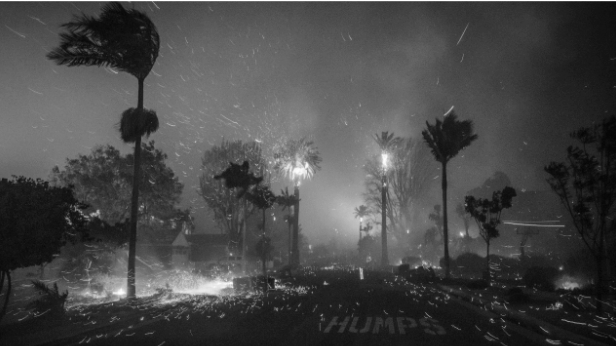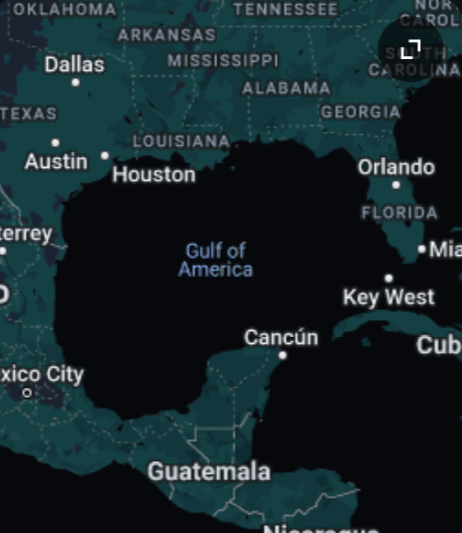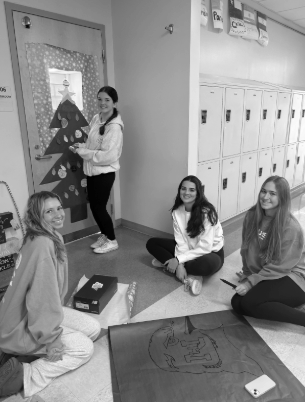The AP physics catapult project is underway. Students had to create a catapult that can launch a projectile. However, It must be adjustable to fire at multiple angles and land in the same place In groups of three people Mrs. Christine Jestele’s class is understanding the physics of catapults.
Junior, Regan Gorschboth worked with fellow juniors Riley Herold and Abby Podowski. Gorschboth and her team first got their idea from “pictures we saw online.” A lot of students last year in Mrs. Jestel’s class used rubber bands,lacrosse sticks, plastic spoons, bungee cords, or even medical tubing. The main components that the team used were “pipes and a bungee cord. We decided what to use from the pictures online and tested everything out.” and that’s how they got the final design.
Junior Jacob Jestel, who also happens to be Mrs. Jestele’s son participated in the class and got to build his own catapult in the class. Jacob’s team included juniors Jackson Armiger and Cael Sims. Their first idea for the catapult was to “have the arm of the catapult be stopped at different points by a moving bar, moving it either up or down.” For Jacob one of the challenges with the catapult was that you mainly used things that you could find around the house to avoid having to buy a lot of extra things. Jacob’s first catapult is “mostly wood with a pvc arm and a bungree that gives it power, we decided based on based on what items we found in Caels shed.” However, like the design process, not every first design will work according to plan.
Jacob said they had a problem that “our pvc bends too much so we needed a stronger piece, the arm kept moving the piece that stopped it, so we had to attach supports and ropes to keep everything in place.” This design ended up being Jacobs team’s final design for the catapult.
Gorschboth says that the physics is “using the angles to find the initial velocity of the catapult.” To further explain that, Jacob says “in order to calculate the velocity and distance the students used equations that were taught to them previously before the project. The data the student needed were the length that the projectile flew, how long it was in the air and then calculate for initial velocity and distance.”
The students catapult worked by changing the angle; the higher the angle, the higher it goes. However, this means it might not go as fast or far as you want it too. Students needed to adjust the degree of the angle for their catapult to make sure that they hit the castle they were trying to knock down.

















